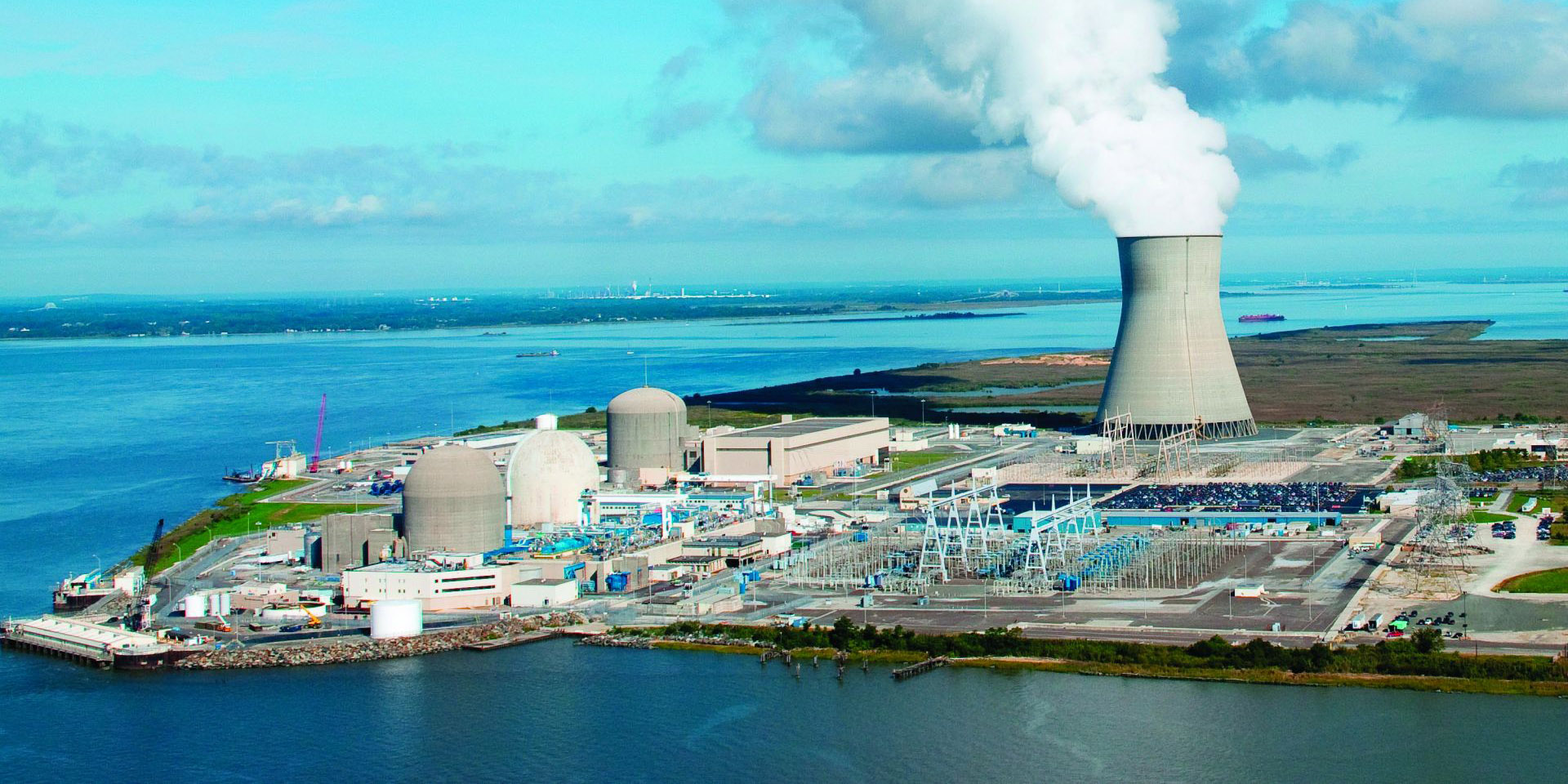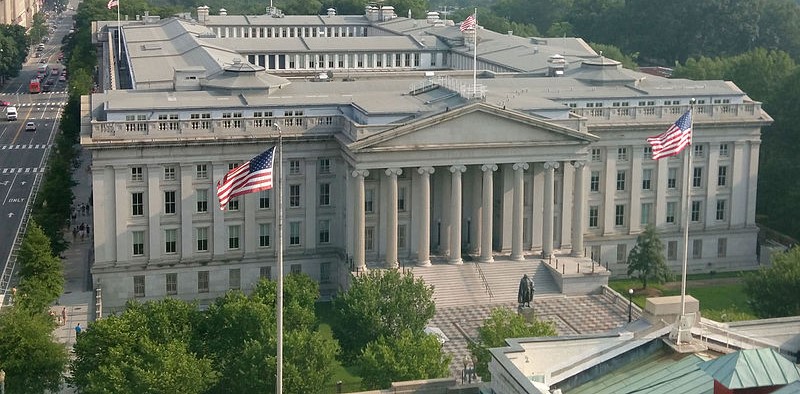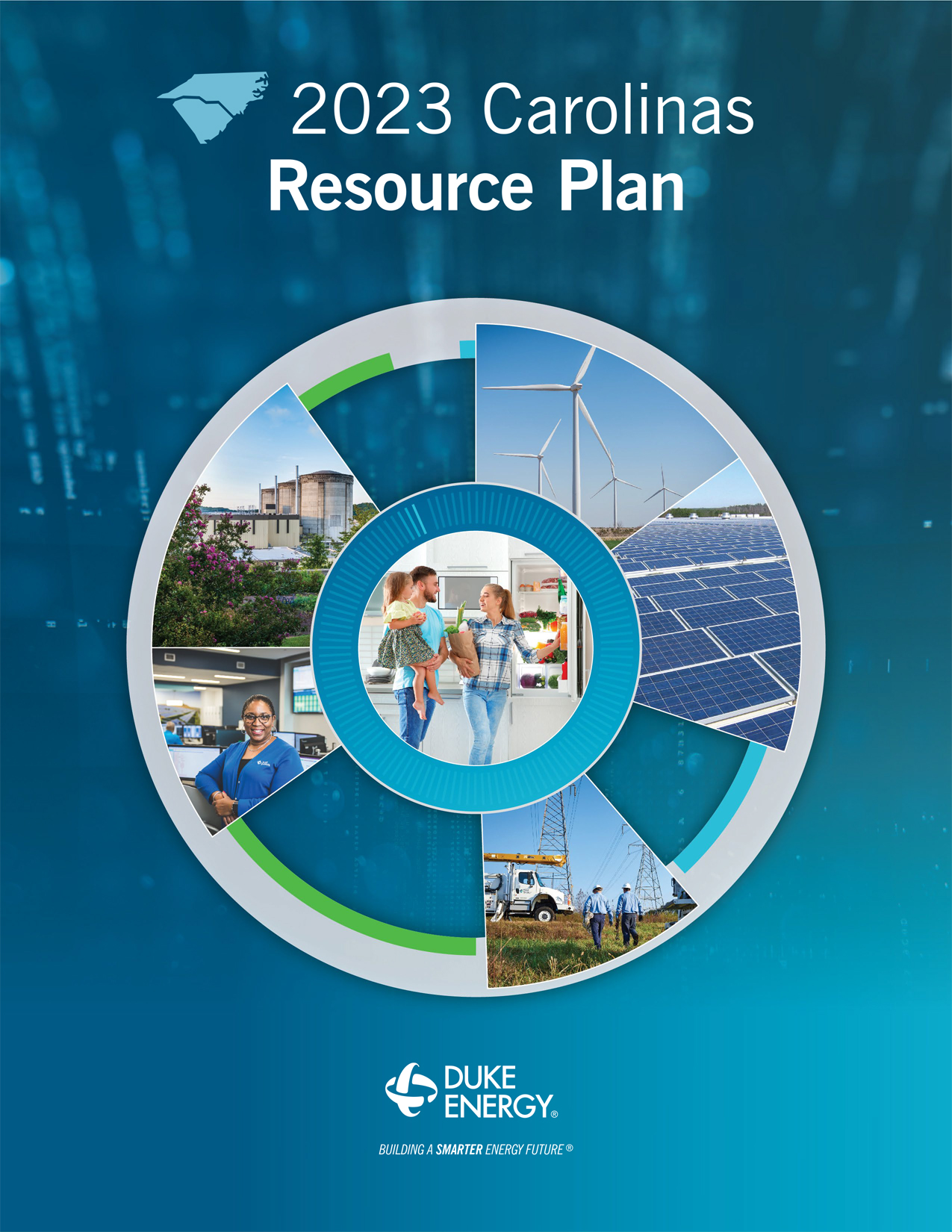“Life is a roller coaster. It’s best ridden with your hands in the air.”

Craig Piercy
cpiercy@ans.org
I find myself saying the expression above a lot these days—to my kids, my wife, my friends, and colleagues. Most recently, I said it to the person sitting next to me after the pilot of our plane—bound for Reagan National Airport a day after the collision of AA flight 5342 and a military Blackhawk helicopter—aborted the landing at the last minute.
I am not sure where I picked up this pronouncement, but I find it to be apropos to the topsy-turvy moment where we find ourselves in 2025. In addition to the first U.S. commercial airline crash in 15 years, we are witnessing a new presidential administration in its infancy playing by the Silicon Valley rules of “move fast, break things.” We’ve seen DeepSeek, the low-cost Chinese AI that reportedly uses 50–75 percent less energy than its NVIDIA-powered counterparts, tank Constellation’s market value by more than 20 percent in one late-January trading day.







.jpg)




